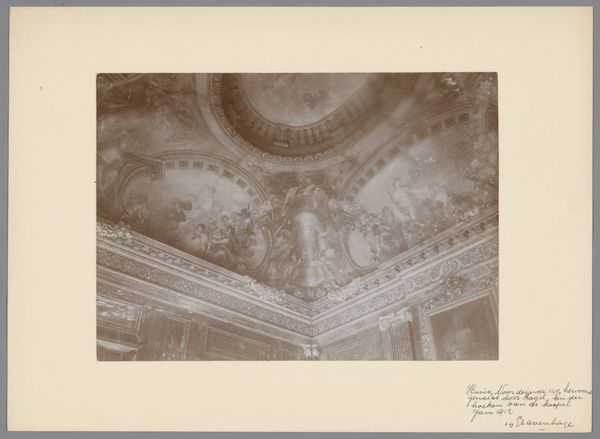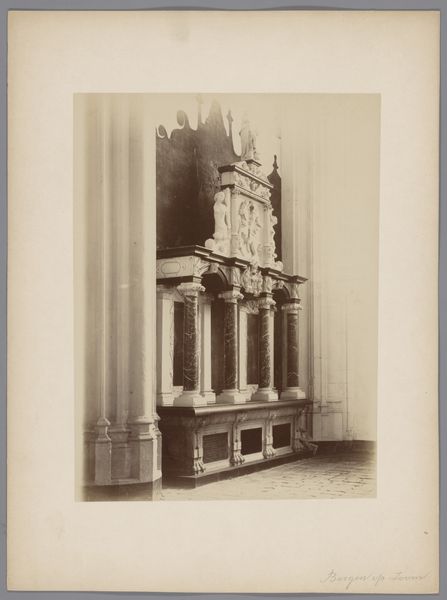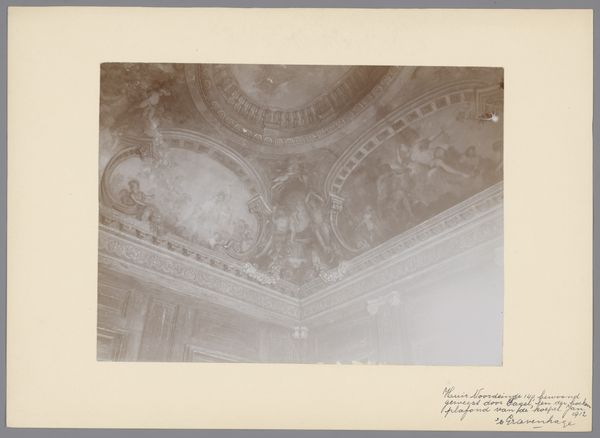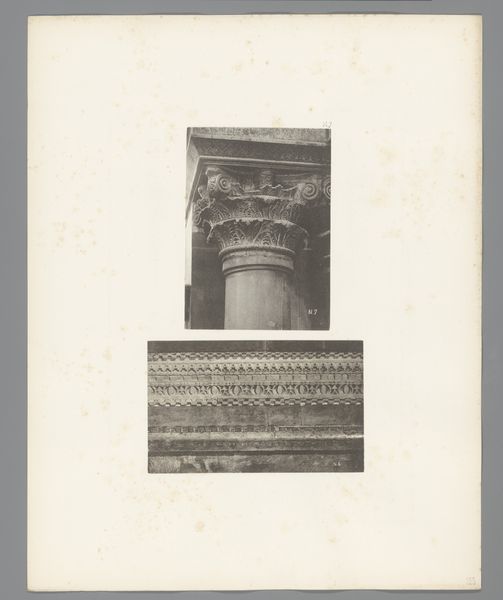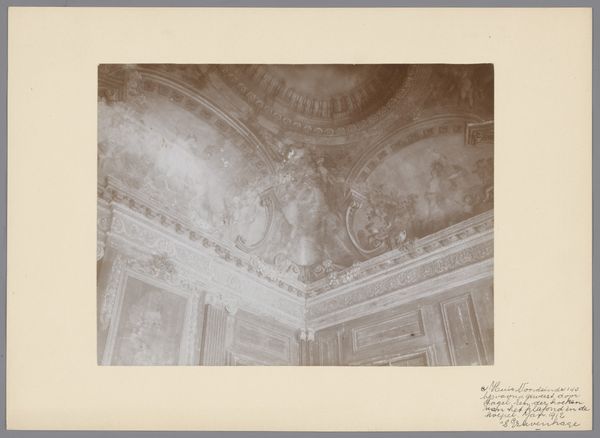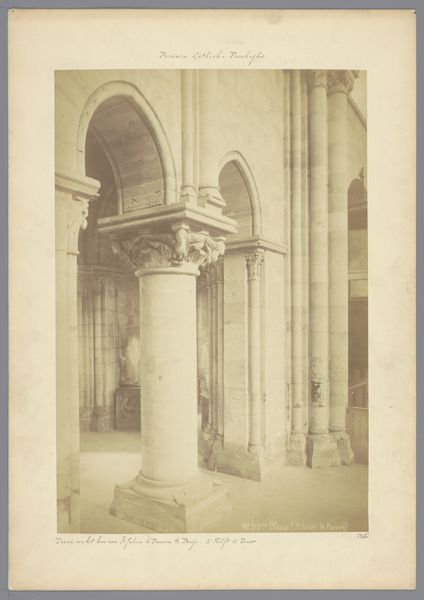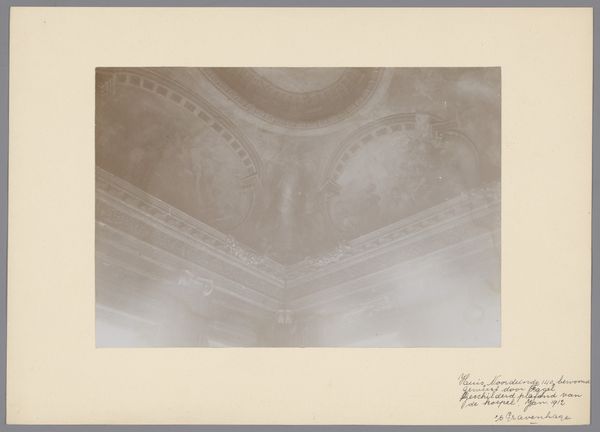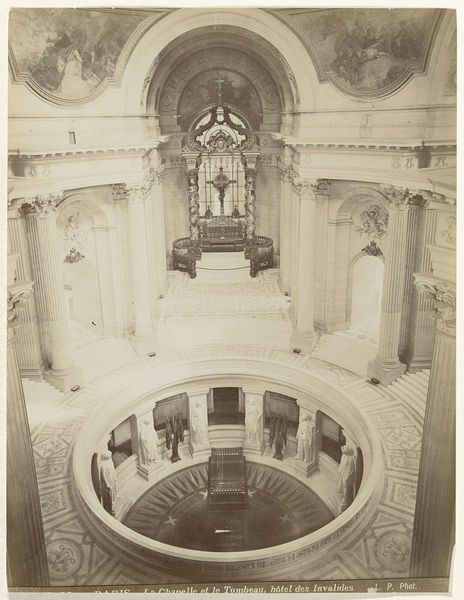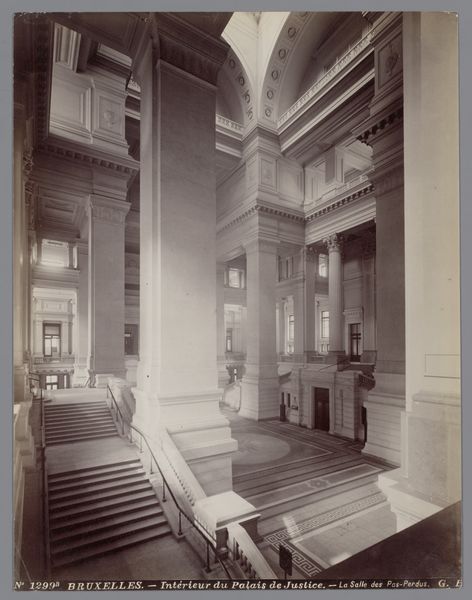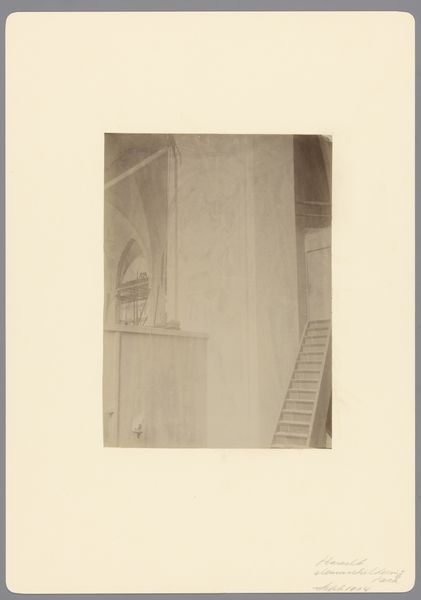
Zuilen van het zuidelijk portaal van de Église Sainte-Marthe de Tarascon 1858 - 1861
0:00
0:00
anonymous
Rijksmuseum
photography, architecture
#
photography
#
geometric
#
ancient-mediterranean
#
monochrome photography
#
architecture
#
monochrome
Dimensions: height 244 mm, width 254 mm, height 483 mm, width 374 mm
Copyright: Rijks Museum: Open Domain
Editor: Here we have an 1858-1861 photograph of the columns of the southern portal of the Église Sainte-Marthe de Tarascon. The photographer is unknown, and it's currently housed in the Rijksmuseum. It's really incredible to see such detail captured in a photo from so long ago! The geometric regularity is really striking, but I'm curious, what does this image tell us about the role of architecture in society during this period? Curator: It’s a great observation, how the image itself speaks. Photographs like this served not just as records, but actively shaped the understanding and preservation of architectural heritage. Notice how the photographer has framed the columns, emphasizing their grandeur and the intricate carvings. Editor: Yes, I see that! It almost feels like a deliberate effort to highlight the skill of the original artisans. Curator: Exactly! In the 19th century, there was a growing interest in documenting and “saving” medieval architecture, fuelled by anxieties about industrialization and social change. Photography played a crucial role by providing a portable, reproducible image of these structures. How might the distribution of such images, think prints and books, have influenced popular perception of gothic architecture? Editor: I guess these photos would have romanticized it, positioning gothic architecture as a symbol of national identity and perhaps a counterpoint to the perceived coldness of industrial progress. Did this photographic documentation influence actual architectural restoration or preservation efforts? Curator: Absolutely. Photographic surveys often informed restoration projects, though sometimes with questionable results. Ideals about "authenticity" could lead to heavy-handed interventions, sometimes prioritizing aesthetics over historical accuracy. What do you take away from how a photograph such as this has, for years, influenced the perception of historical architecture? Editor: It is eye-opening to understand how intertwined image-making and preservation are. The politics of imagery really comes through here. Curator: Precisely. It reveals how seemingly objective documentation is always shaped by cultural values and power dynamics.
Comments
No comments
Be the first to comment and join the conversation on the ultimate creative platform.

